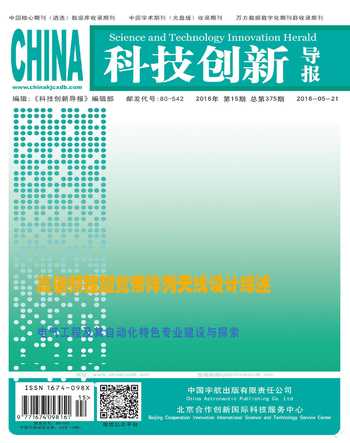民机驾驶舱人机工效综合仿真理论与方法研究2013年度报告
2016-05-30陈迎春董大勇李宝峰
陈迎春 董大勇 李宝峰
摘要:本报告介绍了“民机驾驶舱人机工效综合仿真理论与方法研究”在2013年度的研究进展。主要研究成果包括: 1. 建立了进近滑行阶段飞行员仿真模型;提出分层次的飞行员仿真模型的验证方法,即宏观和微观结合的方法。利用飞行员操纵序列等实验数据做宏观验证,利用眼动等数据做微觀验证。 2. 基于前期开展的13项驾驶舱视觉工效学研究,总结了不同环境因素对被试主观评价、视觉作业绩效和反应时的影响程度。在此基础上构建了包含安全告警、探测反应和舒适偏好三个子模块的驾驶舱环境评估模型。 3围绕“人在环复杂系统的控制问题”这一核心科学问题,从人机不同形式智能体融合及其相互影响机理入手,构建复杂智能系统的数学模型并通过科学的实验及观测方法对模型进行验证,最终确定用于民机驾驶舱人机工效评价的指标体系和综合评价方法。 4. 基于飞行员脑力负荷综合评价,建立了视觉信息流强度模型;在混合熵模型和SEEV模型的基础上提出了多因素条件下注意力分配数学模型,完善了注意力分配理论模型;通过细化和明确驾驶舱人机系统自动化水平和动态显示界面、人机作业逻辑间的映射关系给出了动态功能分配方案,在此基础上建立了民机驾驶舱人机界面的仿真模型;给出了民机驾驶舱人机界面的仿真验证准则。 5.建立了民机驾驶员操作行为编码体系,建立驾驶舱飞行员感知-决策-行为(PDA)模型;基于PDA 模型开发了“民机驾驶舱人为差错仿真与分析系统”;搭建了驾驶舱人为差错实验平台,并设计实施了驾驶舱注意力分配实验。 6.开展了驾驶舱空间色彩综合工效实验、驾驶舱内饰参数化实体造型和视觉工效评价实验、完成了基于数字仿真置信度的驾驶舱人机工效评价研究。形成了飞机驾驶舱内饰造型特征线分析和基于数字仿真的飞机驾驶舱虚拟评价方法。
关键词:人机工效;民机驾驶舱;飞行员仿真;环境工效;视觉绩效;复杂系统;PDA模型
Abstract:In this report, the main research work of the program “Research on integrated ergonomic simulation theory and methods of the civil aircraft flight deck” in 2013 was introduced. 6 projects of the program made great progress, which include as below. 1. The pilot model of approach and taxiing has been built. Hierarchical validation method of pilot model is proposed. The validation has two steps: Macro validation that uses the operation sequences and micro validation that uses the eye movement data and so on. 2. Based on the 13 cockpit visual ergonomics studies, a cockpit environmental assessment model was built. It was divided into three sub-modules: security alarm, detection reaction and comfort preferences. 3. Aiming at building a mathematical model for complex intelligent systems to integrate pilot and automatic flying system. a comprehensive evaluation techniques and systematic methods for the ergonomics in the civil aircraft flight deck was established based on the research on the effect mechanism between different intelligent agents. 4. Baesd on the pilot mental workload comprehensive evaluation, visual information flow intensity model was established. The research on complement of attention allocation theoretical model put forward a new forecast model named as “attention allocation model under multi-factor conditions” based on hybrid model and SEEV model. On the basis of the mapping relationship between the automatic level of cockpit human machine system and dynamic display interface, the simulation model of human machine interface in civil airplane cockpit was founded on the dynamic functional allocation strategy in human machine interaction system. 5. A pilot operation coding system was built. A pilot PDA model was established. Pilot Error Simulation and Analysis System (PESAS) was developed. Based on the test platform of cockpit human error, the experiment about cockpit attention distribution was carried on. 6. Flight deck space color integrated ergonomics experiment was carried on. The flight deck ergonomic evaluation research based on confidence level of digital simulation has been done. Parametric entity modeling of flight deck interior was built, and the visual ergonomics evaluation experiment has been done. The marking results are the characteristic line analysis of aircraft cockpit interior modeling and virtual evaluation method of aircraft flight based on digital simulation.
Keywords:Ergonomics;civil fight deck ;pilot modeling;environmental ergonomics;visual performance;complex system; PDA model
阅读全文链接(需实名注册):http://www.nstrs.cn/xiangxiBG.aspx?id=48240&flag=1
